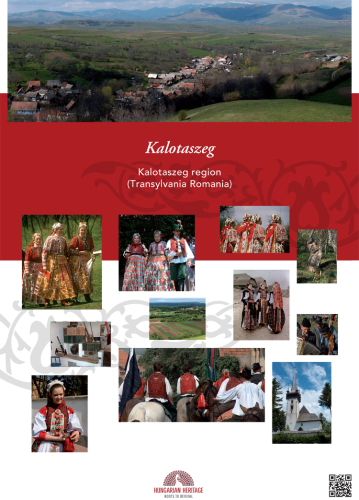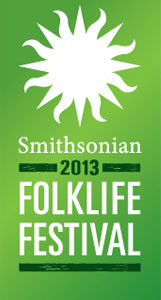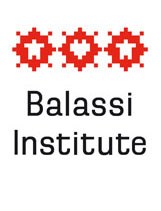 Kalotaszeg is a well-known cultural region of Transylvania (Romania) located east of the mountain range that separates the Transylvanian Basin from the Hungarian Great Plain. Once part of the former Kingdom of Hungary, Kalotaszeg comprises around forty villages populated mostly by Reformed Presbyterian Hungarian populations. Since the nineteenth century, these villages have flourished in their varied expressions of regional folk culture, including traditions of music, dance, dress, embroidery, woodcarving, painted furniture, and many others.
Kalotaszeg is a well-known cultural region of Transylvania (Romania) located east of the mountain range that separates the Transylvanian Basin from the Hungarian Great Plain. Once part of the former Kingdom of Hungary, Kalotaszeg comprises around forty villages populated mostly by Reformed Presbyterian Hungarian populations. Since the nineteenth century, these villages have flourished in their varied expressions of regional folk culture, including traditions of music, dance, dress, embroidery, woodcarving, painted furniture, and many others.
Despite modernization in the twentieth and twenty-first centuries, Kalotaszeg residents have carefully preserved many of their local traditions. For instance, there are several active folk bands comprised of famous musical families; children learn dances in regularly held dance classes and camps; the Reformed Church encourages people to wear folk costumes for feasts and communal celebrations; and some houses still proudly maintain a “clean room” filled with traditional furniture crafted by local master woodcarvers.
Maintaining traditions is an important part of the community’s identity. The region’s music and dance have been thoroughly documented and collected since the early twentieth century, most notably by Béla Bartók. And today the distinctive style of the Kalotaszeg region continues to be an important national symbol of Hungarian folk art.
Related page:






